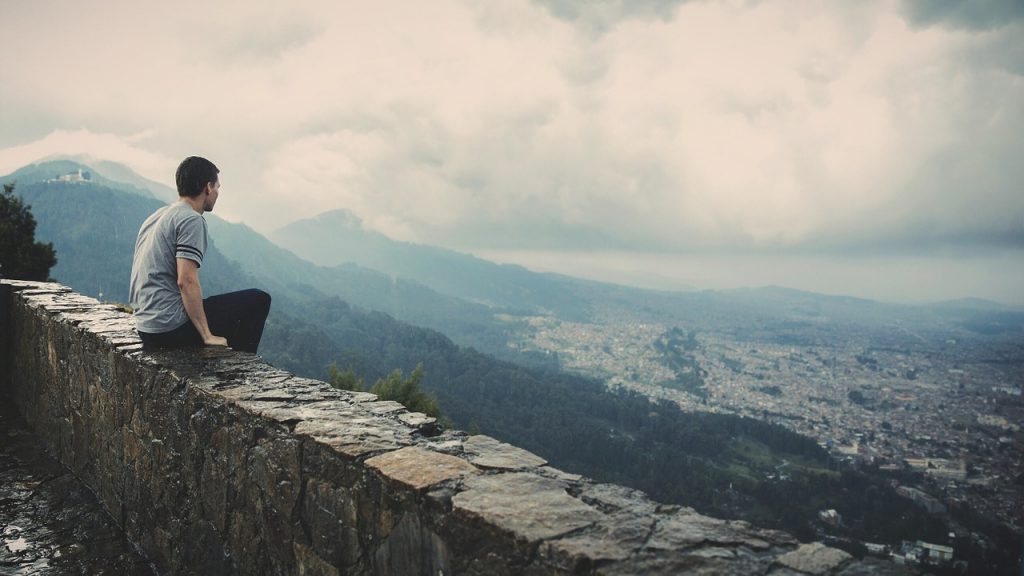Depending on the deck, Justice’s Major Arcana card number is either VIII or XI. Both divination and game play include the use of this card.
In This Article...
What is the Tarot card with the most force?
The Fool is typically seen as a card from the Major Arcana when performing a tarot reading. Contrary to popular belief, the Fool does not fall under either category in tarot card games. Instead, the Fool serves a function that is distinct from both the simple suit cards and the trump cards. As a result, the Fool has no number assigned to it in the majority of tarot decks that were initially created for playing games. Although Waite assigns the Fool the number 0, in his book, the Fool is discussed between Judgment (number 20) and The World (number 21). The Tarocco Piemontese is the only traditional game deck that numbers the Fool 0. Since the 1930s, the corner index for the Fool in Tarot Nouveau decks has frequently been a black inverted mullet. The Fool is one of the most expensive cards in practically all tarot games.
What do the Tarot Major Arcana cards represent?
A traditional deck of cards consists primarily of the Major Arcana and Minor Arcana. Trump cards are another name for Major Arcana cards. The Major Arcana portray the Fool’s Journey as he picks up lessons along the way, starting with “The Fool” at zero and concluding with “The World” at number 21. According to astrologer and tarot reader Bess Matassa, when drawn during a reading, they stand for a broader theme and encourage us to consider the greater picture. Here is a quick summary of each:
What does Major Arcana number 9 mean?
In most conventional tarot decks, The Hermit (IX) is the ninth trump or Major Arcana card. Both divination and game play include its utilization.
What is the Major Arcana’s ranking?
Since the Fool is the Tarot’s most vulnerable figure, he is always the first card in a deck. He is oblivious of the gravity of life’s problems and the strength and potential he possesses because he has not yet experienced life’s ups and downs. You are urged to adopt The Fool’s open, willing energy and accept everything that lies ahead of you without hesitation when he appears in a Tarot reading. Visit our website about REVAMPED Tarot cards to learn more about The Fool card.
What Major Arcana do I have?
The Major Arcanawhich includes “name” cards like Death, the Devil, and the Loversand the Minor Arcana, which is divided into four suitscombine to make up most tarot decks’ 78 cards (pentacles, cups, wands, and swords).
What signs are represented by the Major Arcana?
The astrological signs that correspond to the major arcana tarot cards are as follows:
- The Emperor rules Aries. Aries people enjoy taking charge of situations and being in leadership roles.
- The Hierophant is in Taurus.
- The lovers sign of Gemini.
- The Chariot of Cancer
- The Hermit, or Virgo.
There are how many Major Arcana?
The major arcana, which contains 22 cards and is also known as the trumps, and the minor arcana, which has 56 cards, make up the 78 cards that make up this deck.
What card in the Major Arcana is number 11?
Depending on the deck, Justice’s Major Arcana card number is either VIII or XI. Both divination and game play include the use of this card.
What is the Tarot’s tenth card?
The Rider-Waite tarot card depicted is the Wheel of Fortune card.
Along with the Hermetic magical-religious system, which was also being created at the time, A.E. Waite had a significant role in the development of the Tarot. This deck, which is still widely used today, also served as the inspiration for a number of other contemporary tarot decks.
In Waite’s 1910 book Pictorial Key to the Tarot, he lists various tarot associations for the Wheel of Fortune card, including:
10. WHEEL OF FORTUNEFate, prosperity, elevation, good fortune, and felicity. Reversed: Growth, surplus, and abundance.
The Wheel Of Fortune card, like the other Major Arcana cards, has a very diverse representation in various Tarot decks.
Since the tarot’s debut in the 15th century, the card has been fashioned after the medieval idea of Rota Fortunae, the goddess Fortuna’s wheel. Images typically depict a six- or eight-spoked wheel that is frequently visited or crowned by a person (sometimes human, sometimes a half-human like the Sphinx). Many decks include people sitting or riding on the wheel while others are seen falling from it. In certain decks, like as the AG Mller, the wheel is also attended by a person wearing a blindfold.

